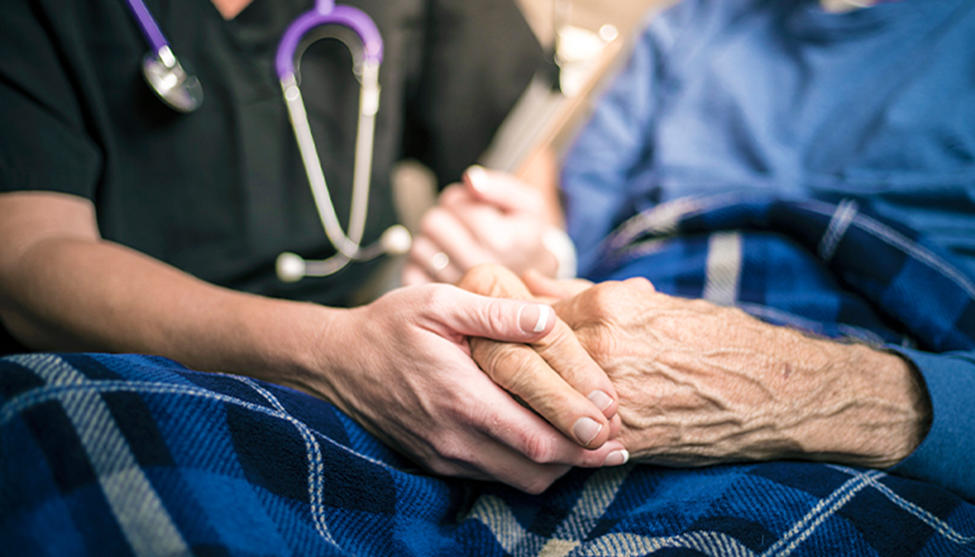
1. Introduction of Parkinson’s disease
Parkinson’s disease is a progressive disorder that affects the nervous system and the parts of the body that are controlled by nerves. Symptoms start slowly. The first symptom may be a barely noticeable tremor in only one hand. Tremors are common, but the disorder can also cause stiffness or loss of movement.
In the early stages of Parkinson’s disease, you may have little or no expression on your face. Your arms can’t swing when you walk. Your speech may be slurred or slurred. The symptoms of Parkinson’s disease tend to get worse over time.
Although Parkinson’s disease cannot be cured, medications can significantly improve your symptoms. Occasionally, your healthcare provider may suggest surgery to manage certain areas of your brain and improve your symptoms.
2. Symptoms of Parkinson’s disease
The symptoms of Parkinson’s disease can be different for everyone. Early symptoms may be mild and go unnoticed. Symptoms often start on one side of the body and are usually worse on that side, even after symptoms affect both sides of the body.
Symptoms of Parkinson’s may include:
- Trembling. Rhythmic movements, called tremors, usually start in a limb, often your hand or fingers. You can rub your thumb and index finger back and forth. This is known as a bullet-rolling earthquake. Your hand may tremble at rest. When you are working, shaking can be reduced.
- Slow movement, known as bradykinesia. Over time, Parkinson’s disease can slow your movements, making simple tasks difficult and time-consuming. Your steps may be shorter when you walk. Getting out of a chair can be difficult. You may drag or shift your feet when you try to walk.
- Stiff muscles. Muscle stiffness can occur in any part of your body. Tight muscles can be painful and limit your range of motion.
- Posture and balance disorders. Your posture may bend. Or you may fall or have balance problems as a result of Parkinson’s disease.
- Loss of automatic movements. You may be less able to make unconscious movements when you walk, including blinking, smiling or swinging your arms.
- Change in speech. You may speak slowly or quickly, slur or hesitate before speaking. Your speech may have irregular rather than normal speech patterns.
- Written changes. It can be difficult to write, and your writing may seem short.
3. Causes of Parkinson’s disease
In Parkinson’s disease, certain nerve cells in the brain called neurons gradually break down or die. Many of the symptoms of Parkinson’s are caused by a loss of neurons in your brain that produce a chemical messenger called dopamine. When dopamine levels are low, it causes irregular brain activity, causing movement problems and other symptoms of Parkinson’s disease.
The cause of Parkinson’s disease is unknown, but several factors appear to play a role, including:
- Genes Researchers have identified specific genetic changes that can cause Parkinson’s disease. But these are uncommon except in rare cases with multiple family members affected by Parkinson’s disease.
However, certain genetic variants appear to increase the risk of Parkinson’s disease but with a relatively small risk of Parkinson’s disease for each of them.
- Environmental triggers. Exposure to certain toxins or environmental factors may increase the risk of developing Parkinson’s disease later, but the risk is small.
Researchers have also noted that people with Parkinson’s disease have many changes in their brains, although it is not clear why these changes occur.
These changes include:
- Presence of Lewy bodies.
Clusters of specific substances within brain cells are microscopic hallmarks of Parkinson’s disease. These are called Lewy bodies, and researchers believe that these Lewy bodies hold an important clue to the cause of Parkinson’s disease.
- Alpha-syncline;
It is found within Lewy bodies. Although many substances are found within Lewy bodies, scientists believe that one important natural and widespread protein is alpha-synuclein, also known as a-synuclein. It is found in all Lewy bodies in a loose form that the cells cannot break down. This is currently a major focus among Parkinson’s disease researchers. Researchers have found the alpha-synuclein protein in the spinal cord of people who later develop Parkinson’s disease.
4. Risk factors of Parkinson’s disease
Risk factors for Parkinson’s disease include:
- Age Young adults rarely experience Parkinson’s disease. It usually begins in middle or late life, and the risk increases with age. People usually develop the disease around age 60 or older. Genetic counseling can be helpful in making family planning decisions if a young person has Parkinson’s disease. Work, social situations, and side effects of medications also vary from an older person with Parkinson’s disease and require special consideration.
Having a close relative with hereditary Parkinson’s disease increases the chances that you will develop the disease. However, your risks are still low unless you have many relatives with Parkinson’s disease in your family.
- Sex Men are more likely to develop Parkinson’s disease than women.
Exposure to toxins. Continued use of herbicides and pesticides may slightly increase the risk of Parkinson’s disease.
5. Complications
Parkinson’s disease is often accompanied by additional problems, which may be treatable:
Difficulty thinking. You may experience cognitive problems, such as dementia, and difficulty thinking. These usually occur in the later stages of Parkinson’s disease. Such cognitive problems are not usually treated with medication.


